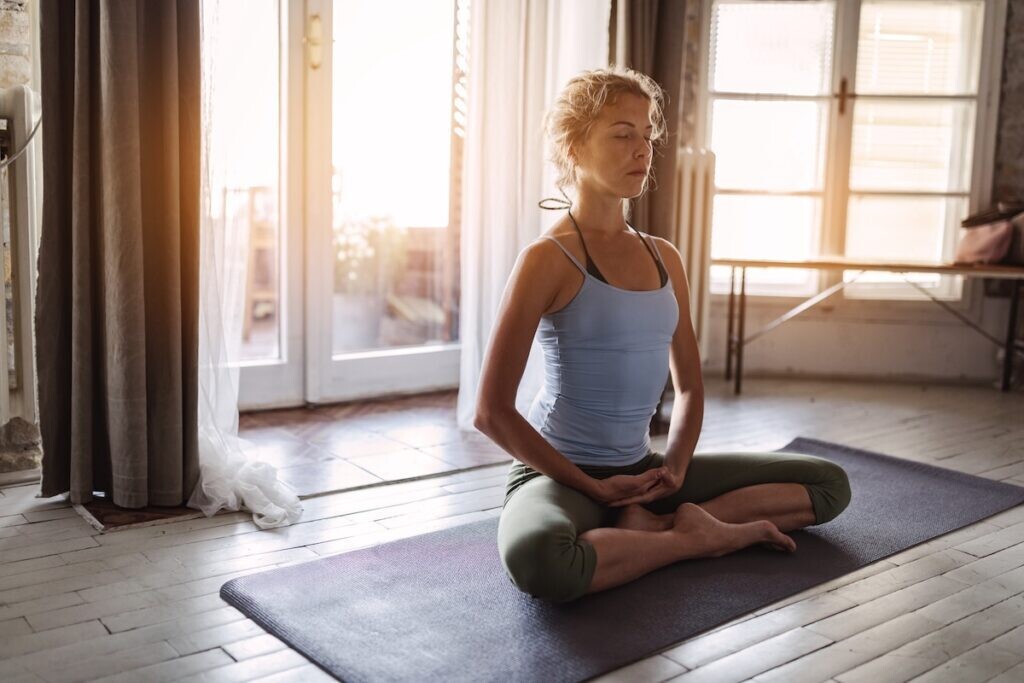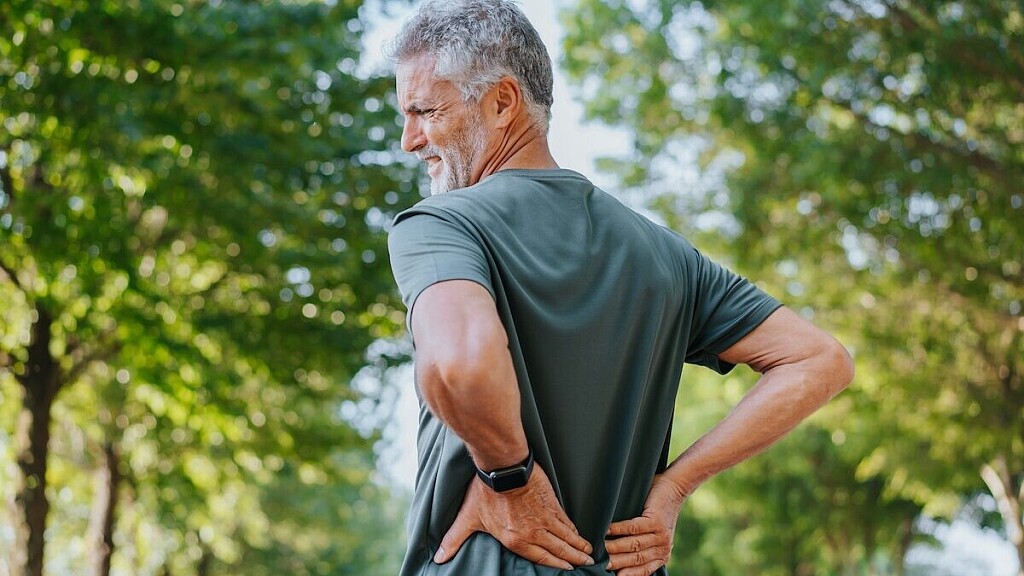Running News Daily
Running News Daily is edited by Bob Anderson. Send your news items to bob@mybestruns.com Advertising opportunities available. Train the Kenyan Way at KATA Kenya and Portugal owned and operated by Bob Anderson. Be sure to catch our movie A Long Run the movie KATA Running Camps and KATA Potato Farms - 31 now open in Kenya! https://kata.ke/
Index to Daily Posts · Sign Up For Updates · Run The World Feed
Have you tried this yoga-like remedy for enhancing athletic performance?
Whether you’re passionate about yoga, dealing with back pain, or looking to boost your athletic performance, the ELDOA technique is worth considering. This movement practice focuses on improving spine health by creating more space between joints, which helps reduce pressure and discomfort. Despite its complex name, ELDOA is simple to practice—requiring only a yoga mat and your own body, making it accessible anytime, anywhere. If Olympians and pro athletes rely on it for performance and recovery, why shouldn’t you give it a try?
How it works:
ELDOA is a French acronym that can be translated to Longitudinal (axis) Osteo-Articular Decoaptation.
There is a key distinction between yoga and ELDOA: yoga uses more fluid movements, and ELDOA uses fixed postures to target precise joints. The ELDOA technique focuses on the fascia, which is connective tissue that encases our muscles, muscle fibres and organs–basically holding us together. The technique puts tension in the lines of the fascia by elongating your spine to open spaces between bones to reduce pressure on the joint.

ELDOA is viewed as a proactive alternative to surgery, often used to decompress joints and alleviate pressure. This non-invasive movement technique is effective in relieving spinal disc pain, enhancing flexibility and reducing the likelihood of future injury.
How to do an ELDOA posture:
ELDOA postures definitely take some getting used to; the strange positions engage your whole body more than you’d expect, and require a lot of focus as you hold the pose. Over time, your ability to hold the positions and elongate your spine with the right intentions will improve.

The above pose is the L2-L3 posture; it targets the fourth spacing in your lower spine, between your third and fourth lumbar vertebrae. This exercise must be performed seated on the floor, or on a slightly elevated surface if you can’t achieve the proper position.
Form a 90 degree angle with your legs, then internally rotate your legs.
Point your toes towards your chest (dorsiflexed).
Tuck you chin, straighten your spine and flatten your back.
Raise hands one at a time; externally rotate your arms so that your thumbs face back/out. Reach your palms upwards away from you.
Hold this posture for one minute. Actively focus on reaching your arms away, elongating your spine, turning your legs in and dorsiflexing your feet. Breathe throughout.
Many other ELDOA postures work to target other specific joints–there is even a position for the ribs that help with the function of your lungs. If your athletic therapist doesn’t have an ELDOA program to recommend, YouTube or online subscriptions can provide videos for you to follow along with to prompt you throughout various postures and keep you focused. It’s recommended to carry out the movements following a workout or before bed.
Other benefits:
Improved posture and healthier spinal discs
Increased range of motion
Improved athletic performance, joint mechanics, recovery, muscle tone and function
Relief of chronic pain
Increased circulation
Improved body awareness and overall wellbeing
by Cameron Ormond
Login to leave a comment




